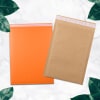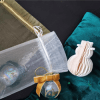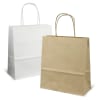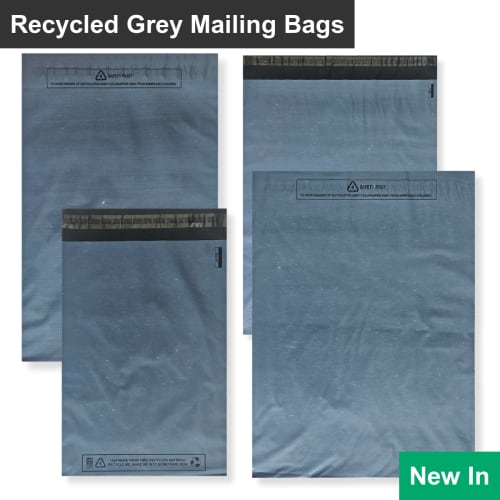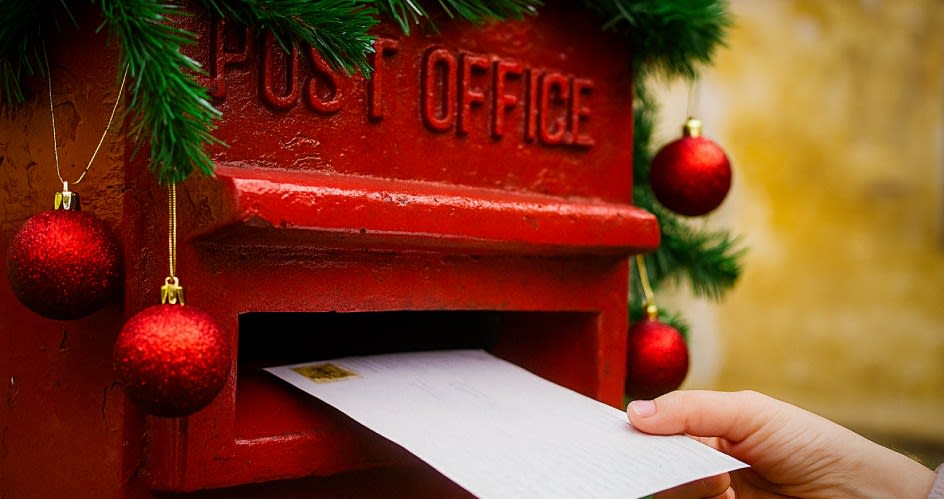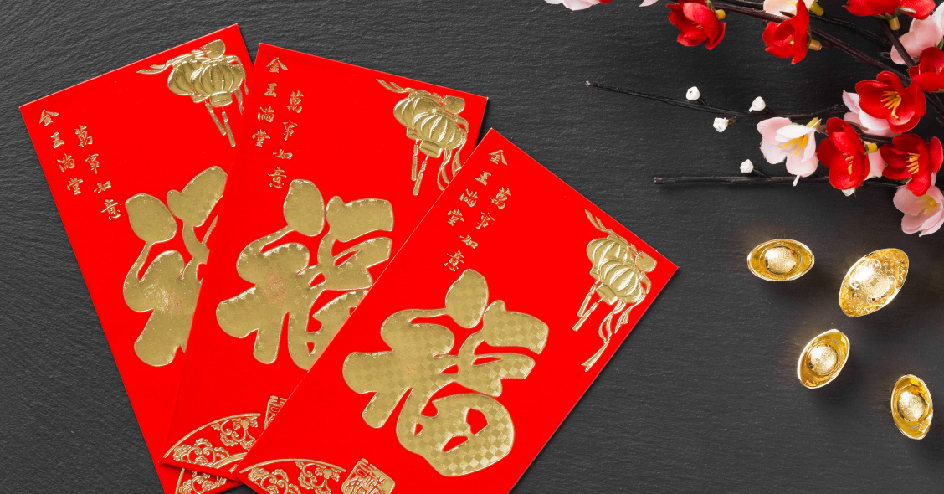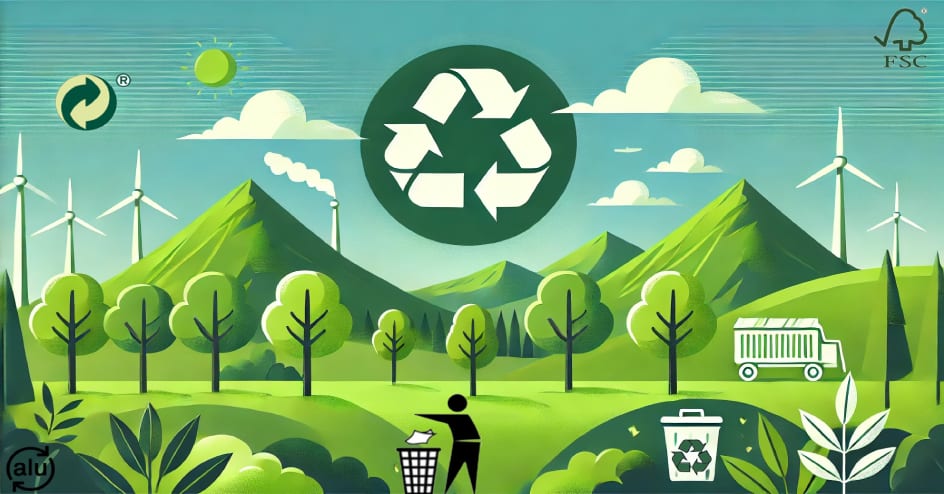Royal Mail Last Posting Dates for Christmas 2025 - Don’t Miss the Deadline!
14 Nov 2025, 10:20 AMCreate Your Own Hamper: The Ultimate Guide to Gift Packaging
5 Nov 2025, 11:30 AMUK EPR for Packaging - Everything producers need to know (detailed guide & FAQs)
2 Jun 2025, 9:02 AM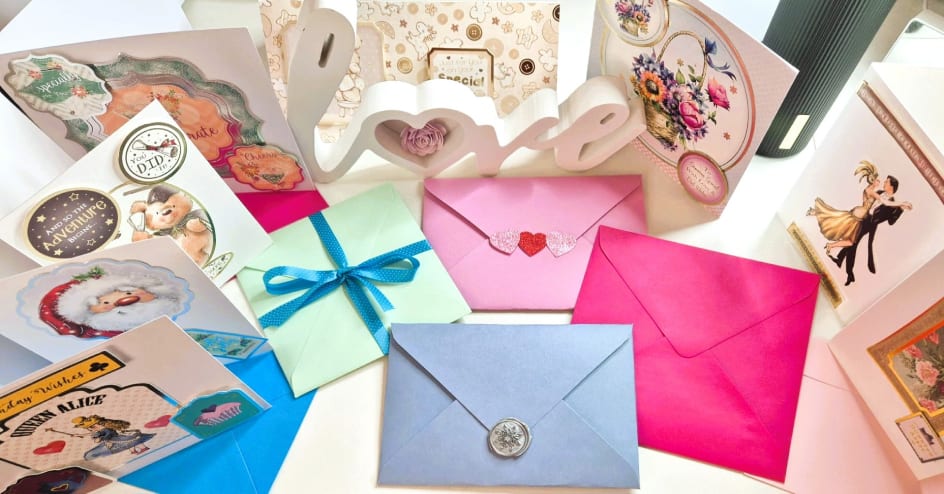
Creating your own envelopes is a simple and fun DIY project! Whether you need an envelope for a greeting card, invitation, or a unique touch for a handmade note, this guide will show you how to make an envelope using materials like white paper, coloured card, scissors, double-sided tape or glue, card blanks, and a ruler.
Materials You'll Need
- White paper: Great for standard envelopes.
- Coloured card: Perfect for adding a sturdy, decorative touch.
- Scissors: To cut out the envelope shape.
- Double sided tape or glue: To seal and secure your envelope.
- Card blanks: To ensure your envelope fits your card perfectly.
- Pencil and a Ruler: For precise measurements and clean lines.
Step 1: Measure Your Envelope
- For a precise measurement, place the card blank or item you want to fit inside the envelope onto the paper or card.
- Use the ruler to measure and mark a rectangular area that is about 1cm wider on all sides than the card blank. This extra space will allow the envelope to fold neatly.
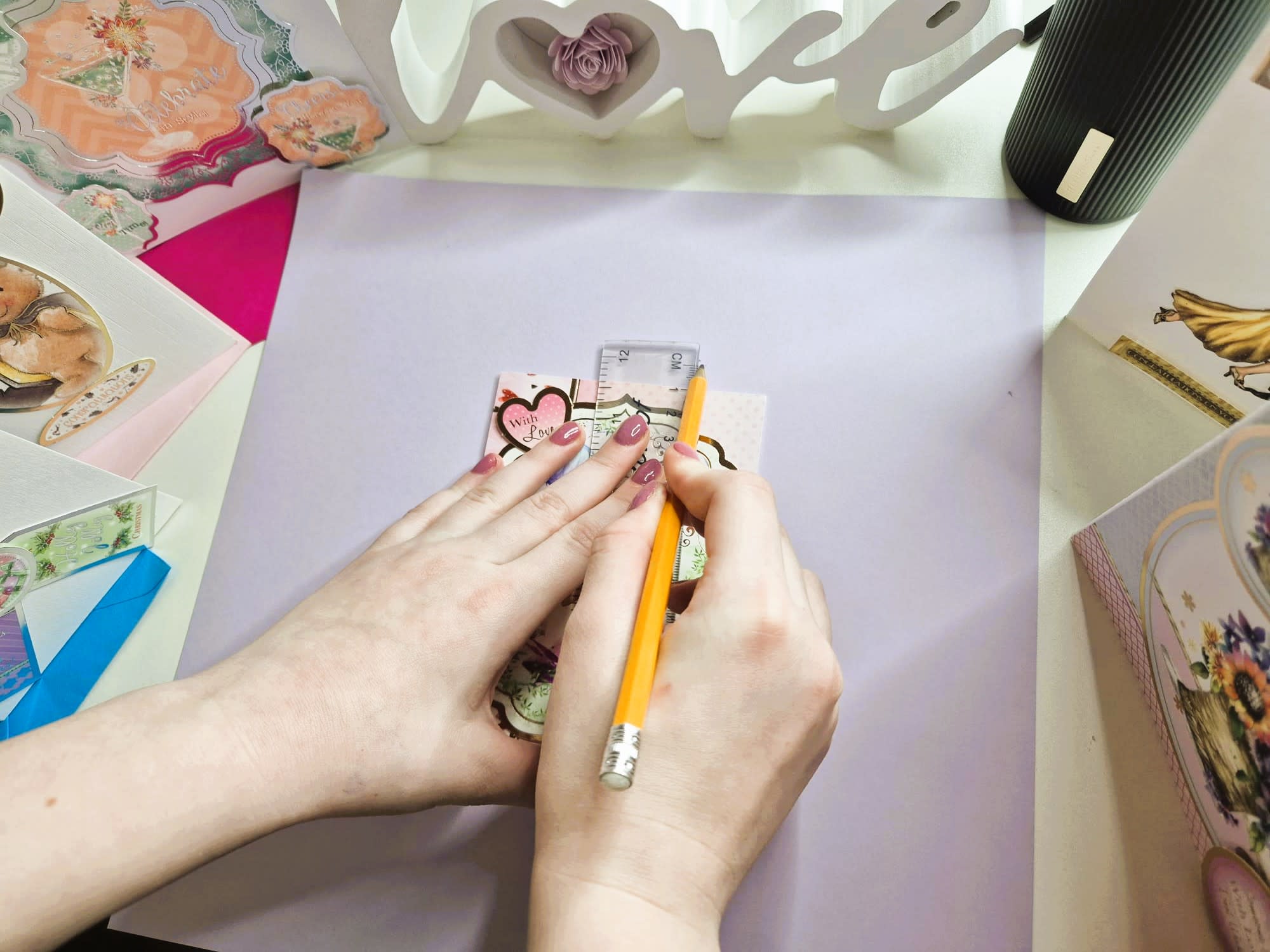
Step 2: Create the Envelope Template
- Once you have the rectangular base, add triangles or flaps to all four sides of the rectangle. A general rule is to base the flap size on the dimensions of the card or contents itself, but this method is flexible, and you can adjust the flap size to your personal preference.
- Cut out the entire shape using the scissors.
• Side flaps: Each side flap should be approximately ½ of the width of the card.
• Bottom flap: The bottom flap should be ½ of the height of the card.
• Top flap: The top flap is usually slightly larger than the bottom flap for a secure closure, typically just over ½ of the cards height.
These flaps will form the sides of your envelope. If you're unsure about how to draw the flaps yourself, you can search for an envelope template online, print it, and trace it onto your paper or card. Alternatively, you can use our die cut envelopes for a quick and professional finish.
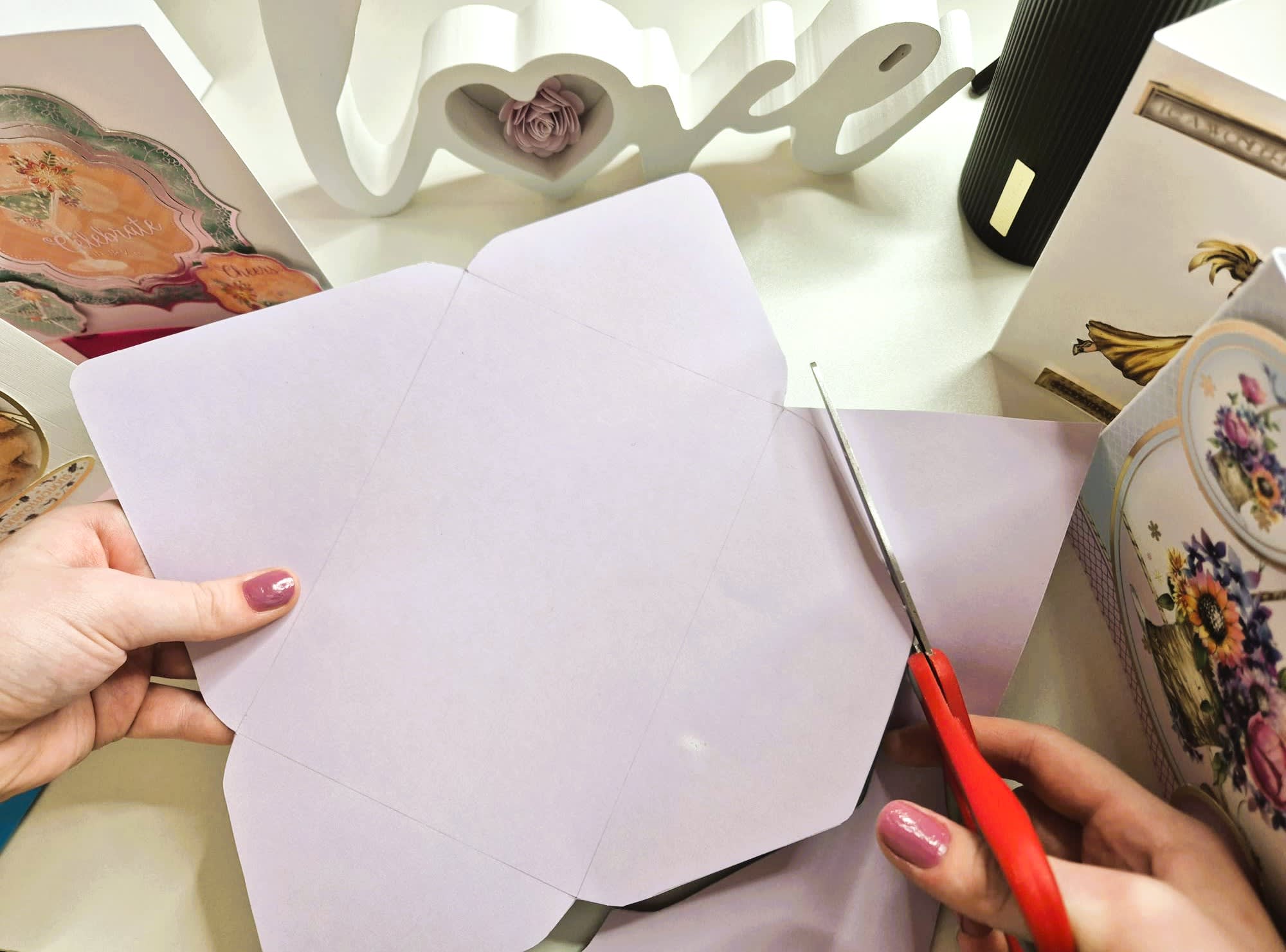
Step 3: Fold Your Envelope
- Fold the two side flaps inwards.
- Fold up the bottom flap to meet the side flaps.
- Leave the top flap unfolded for now.
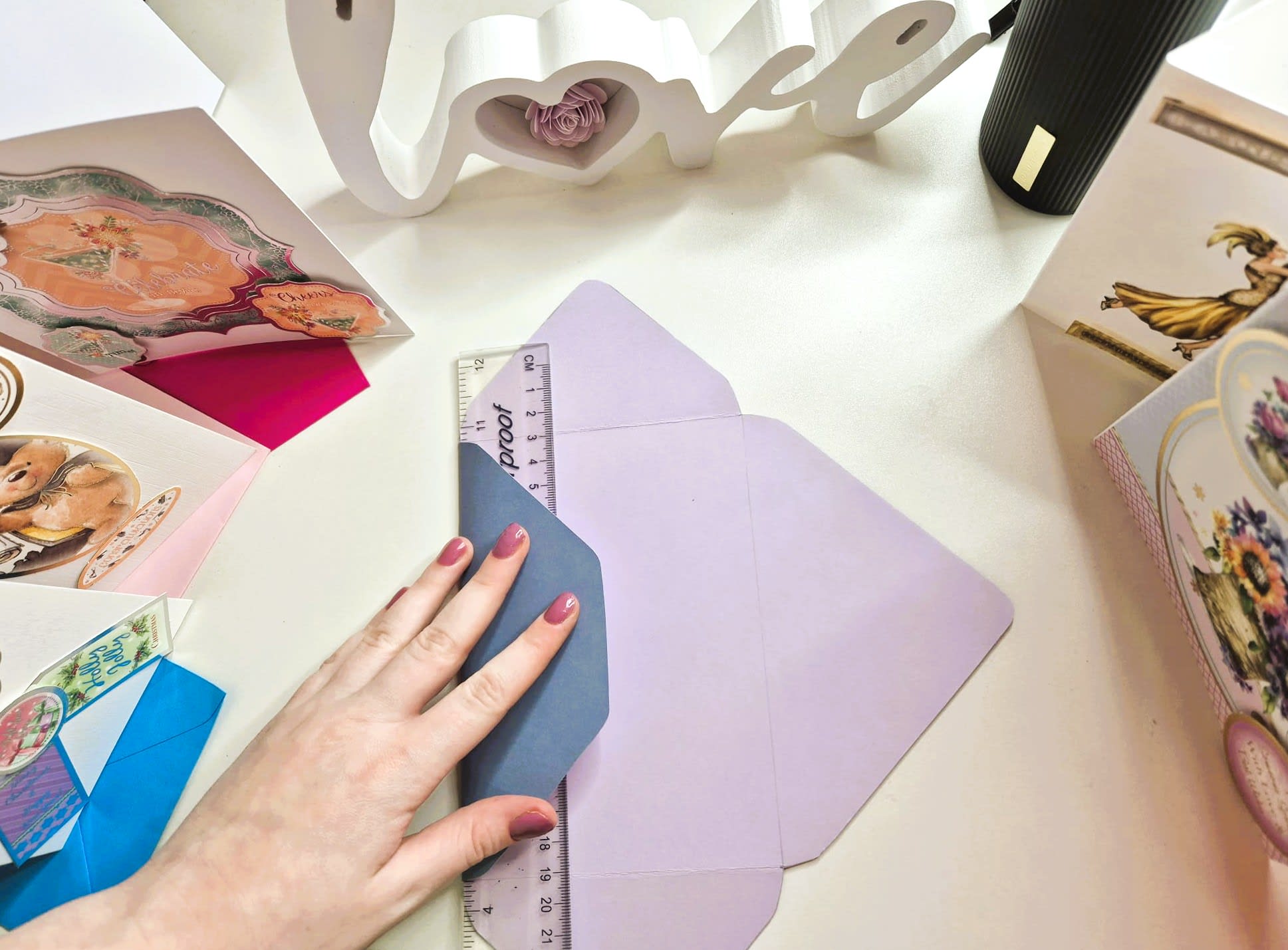
Step 4: Assemble the Envelope
- Apply double-sided tape or glue to the edges of the bottom flap where it overlaps with the side flaps.
- Press firmly to stick the flaps together. Your envelope is almost complete!
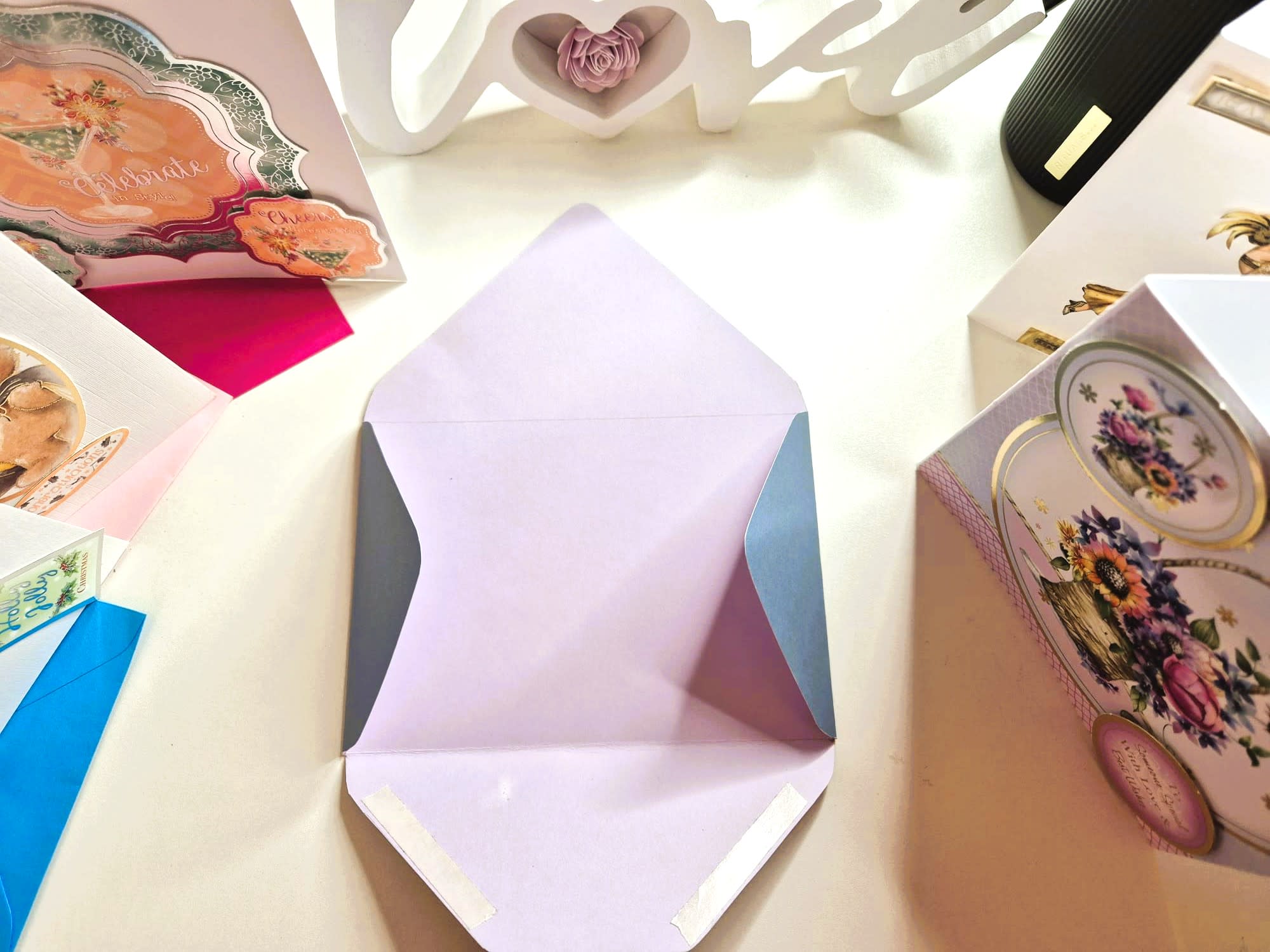
Step 5: Final Touches
- Place your card or note inside the envelope.
- Fold down the top flap and seal it with a bit of glue, tape, or a decorative sticker if desired.
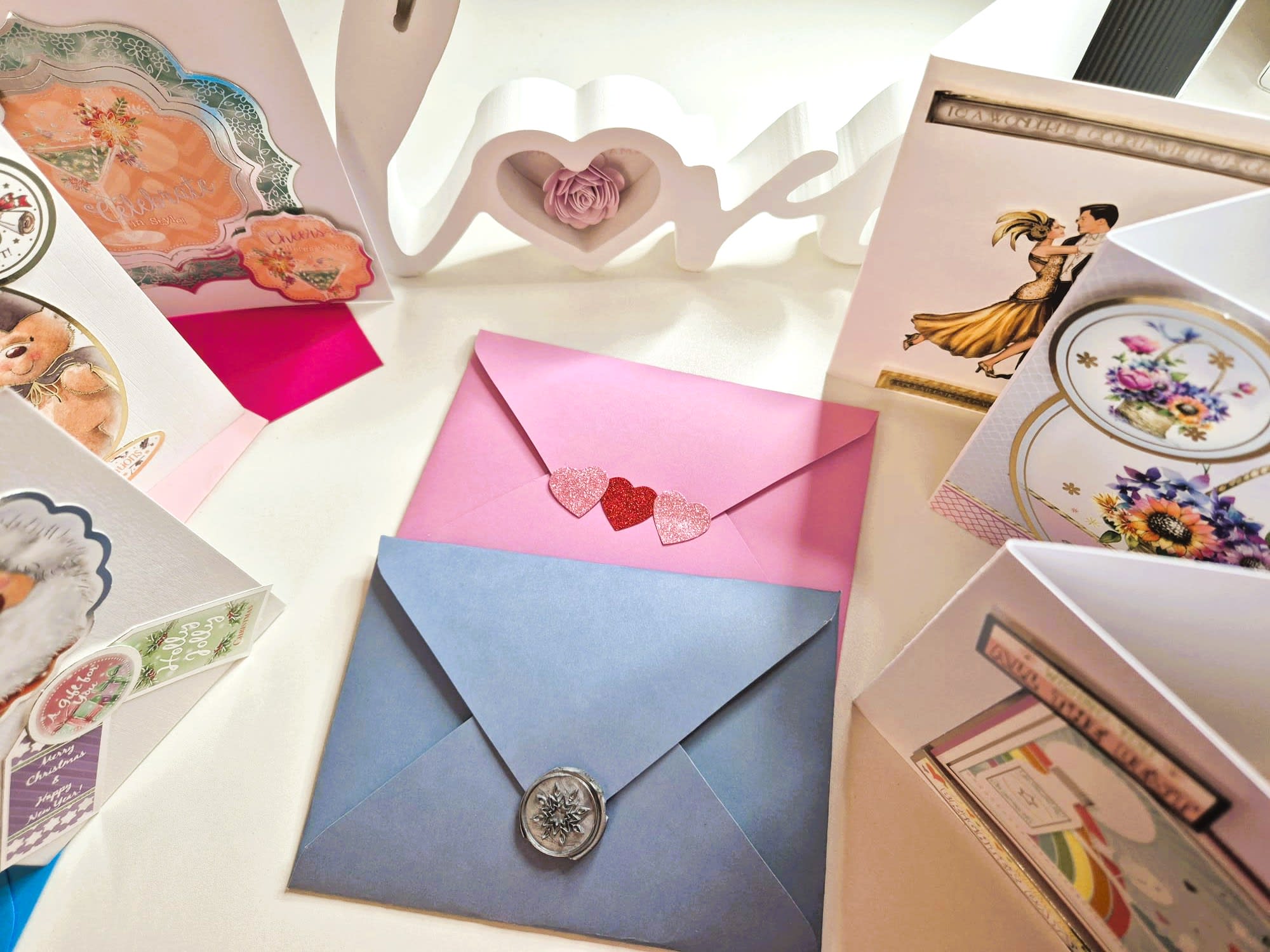
What size paper or card should I use for making an envelope?
For this method, a 12 x 12 inch square paper is a good size. This provides enough space for most standard card sizes. If you need a larger envelope for bigger cards, you'll need to use a larger sheet of paper.
What is the best way to seal an envelope without glue?
If you don’t have glue, you can seal your envelope using double sided tape, stickers, decorative washi tape, or even a wax seal for an elegant finish.
Can I mail a handmade envelope?
Yes, you can mail a handmade envelope as long as it meets postal regulations. Ensure it is securely sealed and includes the correct address and postage. Using sturdy paper or card helps prevent damage in transit.
How to prepare an envelope for mailing?
To prepare an envelope for mailing, ensure it is securely sealed, correctly addressed, and stamped with appropriate postage. Use a return address and avoid any decorations that could interfere with sorting. Handmade envelopes should also meet your postal service’s size and durability requirements.

